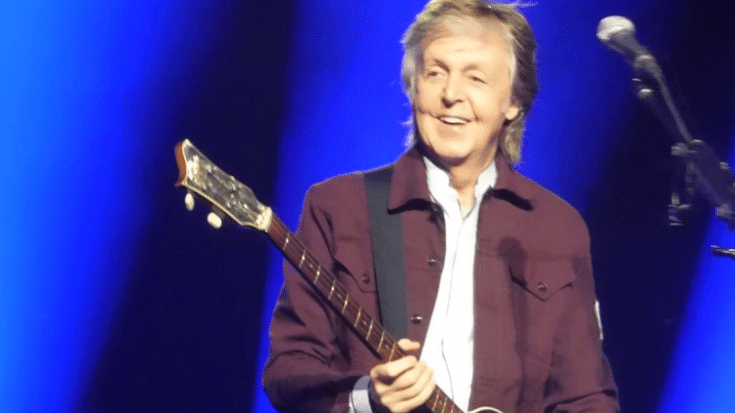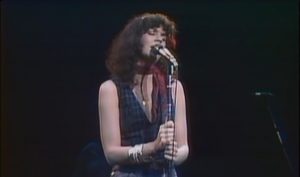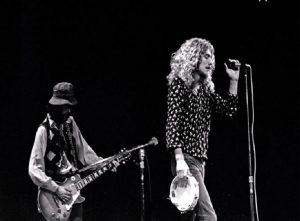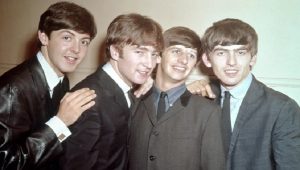The Real Classical Inspiration Of “Let It Be”

via strangedaysindeed9 / YouTube
Classic rock owes a debt to classical music, and one iconic example is The Beatles’ timeless song “Let It Be,” drawing inspiration from Johann Pachelbel’s Canon in D. In his 2020 book, “A Sound Mind: How I Fell in Love With Classical Music (and Decided to Rewrite Its Entire History),” music writer Paul Morley emphasized the profound influence of Pachelbel’s Canon.
Morley noted, “Johann Pachelbel’s Canon in D major [is] the original source of ambient music. Numerous pop songs, including ‘Let It Be,’ ‘No Woman No Cry,’ ‘I Should Be So Lucky,’ ‘Go West,’ ‘Streets of London,’ ‘All Together Now,’ and ‘Don’t Look Back in Anger’ were influenced by the structure, chord sequence and mood of the work, and pop artists from Procol Harum to Aerosmith, Coolio, Green Day, Spiritualised, Avril Lavigne, the Spice Girls, and Maroon 5 have made good use of it.”
Pop producer Pete Waterman even hailed Pachelbel as “the godfather of pop,” underscoring the pervasive impact of the classical composition on the world of popular music.
The Beatles, known for their groundbreaking compositions, incorporated elements of Pachelbel’s Canon into “Let It Be,” contributing to the song’s universal appeal. Similarly, other artists like the Trans-Siberian Orchestra repurposed Pachelbel’s Canon, creating a Christmas version called “Christmas Canon.”
Comedian Rob Paravonian humorously addressed the omnipresence of Pachelbel’s Canon in a skit titled “Pachelbel Rant.” Despite its comedic take, the rant underscores the widespread use and influence of this classical piece in various contexts.
As for the performance of “Let It Be” on the charts, the song achieved immense success in the United States, topping the Billboard Hot 100 for two weeks and staying on the chart for an impressive 14 weeks.
The album “Let It Be” also claimed the No. 1 spot on the Billboard 200 for four weeks.
In the United Kingdom, “Let It Be” reached No. 2 and endured on the chart for 17 weeks. Upon its re-release, the power ballad achieved the 78th spot for a single week. The album “Let It Be” showcased similar triumphs, hitting No. 1 for three of its 53 weeks on the U.K. chart and later returning to No. 2 for another 18 weeks.
The enduring success of “Let It Be” attests to the seamless blend of classical inspiration and The Beatles’ genius, highlighting the significant role that Johann Pachelbel’s Canon played in shaping this classic rock anthem.












